Pasadna, California, MINA — An asteroid called 2016 NF23 is expected to “skim past” our planet in the next few days.
As it hurtles through space at a speed of over 20,000 miles per hour, a number of news reports have highlighted the “close approach” it will make towards Earth.
Given the potential devastation that could result from the collision, here The Independent looks at what this asteroid actually is and how likely it is to hit us.
Also Read: Trump Considers F-35 Jet Sale to Saudi Arabia
What is the object in question?
NF23 is a relatively large asteroid that, according to current NASA data, will make what the agency calls a “close approach” to Earth on 29 August.
It is classified as an “Atens” body, which means its orbit comes into the vicinity of Earth.
Also Read: US Special Envoy to Meet with Hamas Official
How big is it?
Some have described as bigger than the Great Pyramid of Giza, the Colosseum and the London Eye, while others have opted for more local comparisons using Leicester Cathedral and the Victoria shopping centre in Nottingham as the yardstick against which to measure this cosmic visitor.
Nasa estimates the asteroid is somewhere between 70 and 160m in diameter, meaning that if it was at the bigger end of the scale it would indeed rival major landmarks like the pyramid.
Also Read: UN Security Council to Vote on Trump’s Gaza Plan
Is it going to hit Earth?
Almost certainly not. While NASA has described the asteroid as “potentially hazardous”, it is expected to pass us by a distance of 3 million miles.
The diameter of the Earth is about 8,000 miles. Any object that comes within 4.6 million miles of the planet comes under the “potentially hazardous” category.
Other asteroids are actually expected to pass much closer to our planet in the coming days, although admittedly ones only measuring around 6m.
Also Read: Rashida Tlaib and 20 US Lawmakers Introduce Resolution Accusing Israel of Genocide in Gaza
Nasa have previously issued a statement saying that “no asteroid currently known is predicted to impact Earth for the next 100 years”. (T/RS5/RS1)
Mi’raj Islamic News Agency (MINA)
Also Read: Trump Pledges Full US Support for Syria Under New President Ahmed al-Sharaa





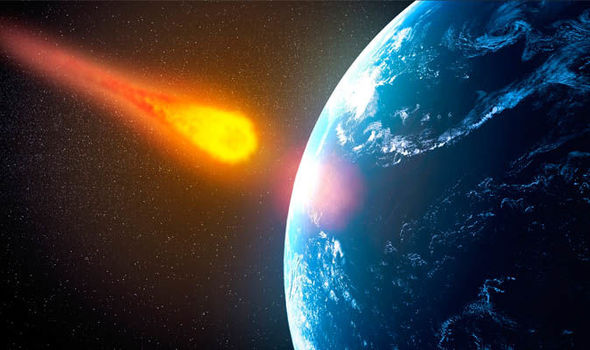









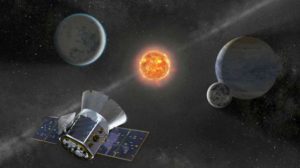
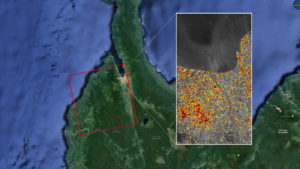
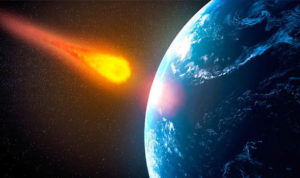
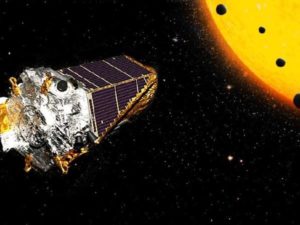












 Mina Indonesia
Mina Indonesia Mina Arabic
Mina Arabic